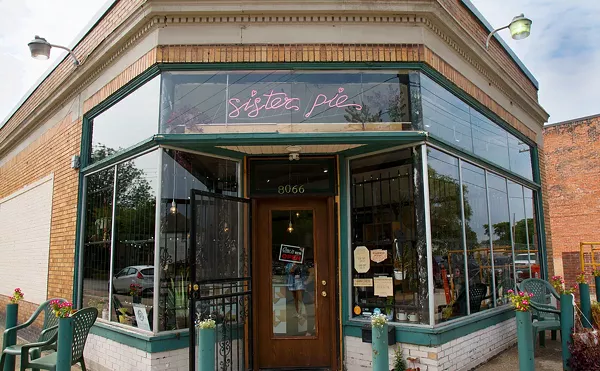Five O'clock Somewhere: 'Old, fat white guys' most at risk for alcohol poisoning

Audio By Carbonatix
[
{
"name": "GPT - Leaderboard - Inline - Content",
"component": "35519556",
"insertPoint": "5th",
"startingPoint": "3",
"requiredCountToDisplay": "3",
"maxInsertions": 100,
"adList": [
{
"adPreset": "LeaderboardInline"
}
]
}
]
Here's a bit of well-deserved, good-natured teasing: Our good friends at the National Institute on Alcohol Abuse and Alcoholism have a whole page devoted to the "widespread" dangers of alcohol. Now, we've ribbed the NIAAA before, notably over their definition of binge drinking as what should more accurately be called a normal drinking session. (Five beers in two hours isn't alcohol abuse, it's called Miller time.)
We've perused the institute's website before, so we know that these folks are busy warning the public about underage drinking, college drinking, women's drinking, and drinking by the elderly and minorities. Oddly, however, the one demographic group research shows alcohol poisoning takes the highest toll on numerically merits no special listing on the NIAAA page: middle-aged non-Hispanic white men.
That's right: According to research from the Centers for Disease Control and Prevention, on average, "six people, mostly adult men, die from alcohol poisoning each day in the United States." Using data from 2010 to 2012, the study identified an annual U.S. average of 2,221 alcohol-poisoning deaths among persons 15 and older. Of those deaths, 75.7 percent involved adults aged 35-64 years, and 76.4 percent involved men. Notably, non-Hispanic whites accounted for the majority of alcohol poisoning deaths at 67.5 percent.
And so it would seem that the demographic known as OFWG (old, fat white guys) accounts for the majority of alcohol poisoning deaths. And yet, where are the news stories warning the public about this? Where are the public service announcements trying to shame and scold the white, middle-aged drinker into the arms of a health care professional?
Don't get us wrong: It's important that everybody is educated about the risks of drinking alcohol. But doesn't it seem strange that the institute tasked with educating the public has no special warnings for the group most likely to die of alcohol poisoning? That the national conversation about binge drinking focuses on college students like a laser beam? The study itself concluded that what is needed is "a comprehensive approach to the prevention of excessive drinking that includes evidence-based community and clinical prevention strategies." That sounds a lot like a challenge to groups like the NIAAA, who seem content to advise women, minorities, the elderly, and the young. Will they take up that challenge?





